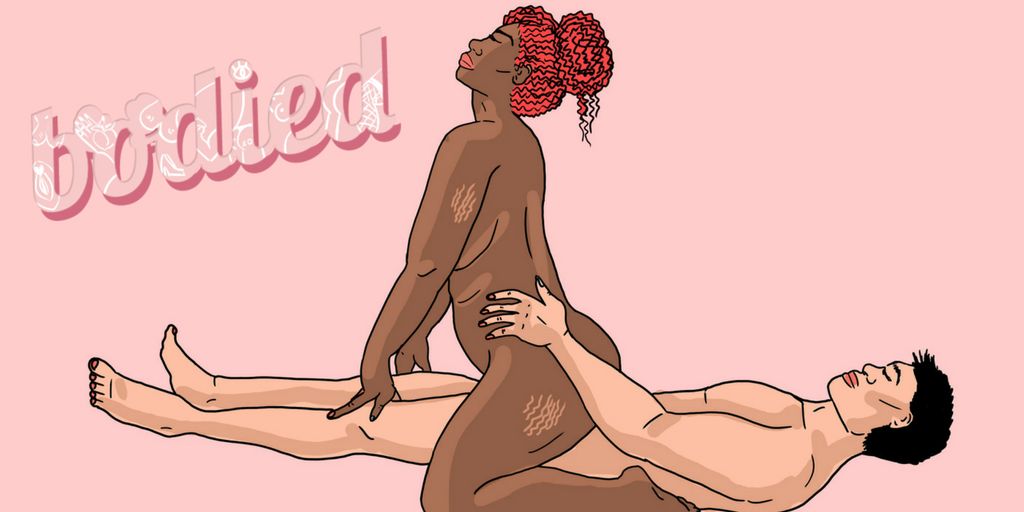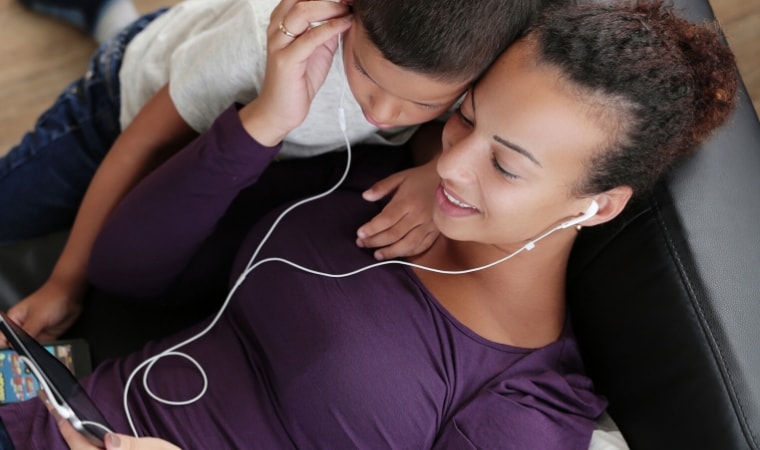The G-Spot: What Is It, How To Find It, And What Are The Best Positions That Hit It

What Is The G-Spot
The G-spot, which is known to open the way to multiple and intense orgasms, is described as a separate female organ, also called the “female prostate.” Some are still not sure that the G-spot actually exists. Others actively use this particular area of their bodies. In this article, we will discuss everything that you want to know about the G-spot, including how to find and correctly stimulate it.
The G-spot is a certain area inside the female vagina that when stimulated, orgasms occur. This is not a separate organ, but just another area in the body. There are many different descriptions of the g-spot area – some call it a “cavernous body,” others call it a “pea”, and some even call it a mound inside the female bosom.
Where Is The G-Spot
The G-spot can be found at a depth of 2.5 to 6 cm and is not easily identifiable to all women.
It is worth noting that the concept of “spot” does not quite correspond to reality. It is rather a small area in which the vagina is in close contact with the ureter. The urethra is surrounded by paraurethral glands, and in this place, they are very close to the stimulated area.
The impact on these glands through the wall of the vagina causes maximum pleasure. It turns out that G-spot is not on the surface of the mucous, but behind the wall of the vagina. But if it is properly acted upon, it will really give a pleasant experience.
The G-spot can be found at a depth of 2.5 to 6 cm and is not easily identifiable to all women. It may not be visible visually, but it is still important to know where it is located for proper stimulation. You can find it yourself: lie on your back, with your legs wide apart, inserting your fingers inside the vagina and holding your palm up, finding the necessary point with fingers.
G-Spot Stimulation
It will take time, mutual understanding between partners, and a lot of experimentation to learn how to get orgasms from G-spot stimulation.
Your G-spot works normally if during stimulation of the vagina comes strong arousal.
An orgasm comes and some amount of fluid is released. Sometimes the G-spot is the cause of squirting orgasms.
Stimulating the internal glands results in the release of accumulated fluid, similar in composition to the male sperm rather than urine, although this physiological reaction gives the woman the sensation of peeing.
If vaginal stimulation does not cause any reaction, arouse G-spot by working on it.
The zone in the front wall of the vagina, where the inactive G-spot is, must be massaged with different intensities. The movement should be in a single unhurried rhythm in the form of pressing and stroking with different strengths.
G-spots for each woman is located differently, and, consequently, the reaction to its arousal may be varied. Therefore, it is necessary to relax and listen to the sensations.
It will take time, mutual understanding between partners, and a lot of experimentation to learn how to get orgasms from G-spot stimulation. Sex toys, such as vibrators, will help. And only then you can proceed to the penetration that will hit it.
Best Positions To Stimulate The G-Spot
Most of the sex positions are generally not suitable for stimulating the G-spot. In most of the positions, the penis touches the G-spot only a little without causing any sensation.
Therefore, you need to choose those positions that have a correct angle of entry during sex. But it’s not only a matter of technique – if you don’t have the mood for intimacy and if your partner ignores foreplay, but with a fiery passion, he rushes to orgasm, then it’s better not to start.
Without desire and prior to warming up, any stroking action in this area will only lead to disappointment – most probably, your partner will not be satisfied if she doesn’t reach orgasm.
Only attentiveness, patience, and the ability to listen to the reactions of the body will help you find the cherished spot. Here are the best positions to stimulate the G-spot:
Vertical position. In this position, a man must have an excellent physical condition, because he will have to stand and hold the woman by the buttocks when she embraces the man’s hips with her legs. In this case, the man moves progressively as if makes small squats. This is best if he is big and strong, and you are small and lightweight.
Dolphin position. Leaning on his shoulders, the woman raises her pelvis as high as possible, the man holds her legs under the knees and draws her to his hips.
Prone position. The woman is in a prone position, the man enters and pulls her knees to his chest, so that his partner’s pelvis lifts.
Chaise lounge position. The man sits on the bed and rests on his bent elbows, while his partner is located in front, placing her feet on his shoulders. In this pose, the stimulation of the G-spot is achieved due to the sliding movements.
Doggie-style position. Everything is absolutely simple and known to all. However, as we remember, in order to stimulate G-spot, one must move slowly. In this position, the rhythm can be controlled either by a man or both partners.
Inverted spoon position. A man and a woman are lying on their side facing each other. Penetration is shallow, but its angle is ideal for simultaneous stimulation of the clitoris and G-spot.

